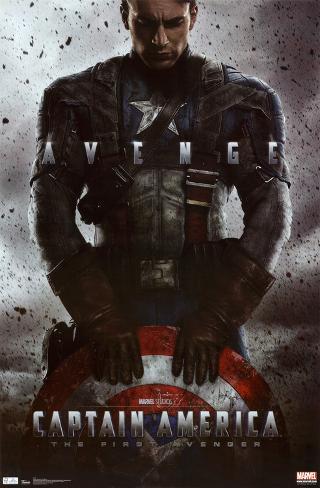Post 7 - Most Underrated Book
(Why yes, I did change the in-post header from "day" to "post".)
In the interests of making timely (ha!) and relevant posts, I'm going to interpret this category, and the next, as being books that I, prior to reading, either under-rated or over-rated, respectively.
When I first encountered Umberto Eco's The Name of the Rose, it was by stumbling across the film version of the book - a 1986 production starring Sean Connery, who, it must be admitted, was the reason I gave the film a second glance (Hey, look, Sean Connery in a monk habit!). I was preoccupied with something else at the time, and so didn't give the film my full attention, but I was intrigued enough to look up more information about it, and the book it was based on.
As I did so, the impression I got was that this would be a very difficult book to read, one that buried the story under oblique historical allusions. Thankfully, nothing could be farther from the truth - the book was very readable, despite being steeped in the culture of a 14th century monastery.
Being a 14th century monastery, there is a great deal of emphasis placed on literature and learning. In fact, one could say that this is the main theme of the book, or one of them at any rate (it's certainly the theme that was most relevant for me).
In the story, one of the biggest mysteries (besides "who's killing off all these monks?") is that of the monastery's library, which is forbidden to all but the librarians who bring the monks their requested texts. As the characters investigate, they find out that this library, and the knowledge it holds, is the key to the entire mystery, and there is plenty of discussion - even with the final villain - about literature, and especially whether preservation should be combined with distribution. To say more would be to give away too much of the ending, but as a nascent librarian I took especial interest in the issues being discussed as well as the skillful portrayal of an . . . outdated viewpoint.
There are also some clever literary references written into the book - for example, one of the monks, long gone blind and closely associated with the monastery's literally labyrinthine library, is named Jorge of Burgos, a clear allusion to the writer Jorge Luis Borges, who was also blind a wrote a famous short story about a similar, though much expanded, library.
The most obvious literary reference, of course, comes from Brother William of Baskerville. While his pupil Adso of Malk is the narrator, Brother William is definitely the hero of the book. As can be inferred from his name, he is intended to be a reference the Great Detective, Sherlock Holmes. The similarities continue with his appearance - taller and thinner than average, "his eyes . . . sharp and penetrating; his thin and slightly beaky nose" - all of these bring Holmes to mind*. Even in their vices, the two characters resemble each other - one amusing scene has Adso describing William's habit of picking and chewing certain un-named herbs, about which he is uncharacteristically reticent. The comparison between Holmes and Brother William is furthered even more by his use of amazingly developed deductive powers, especially one particular scene where he describes and names a missing horse, which he was never seen.
Actually, this last is an excellent example of how skillful Eco is at writing from a 14th-century viewpoint. After sending the befuddled monastery workers on their way, William explains that the detailed description of the missing horse was deduced not only from physical signs (footprints in the snow, tail-hairs left in the brush, etc.), but also from writings about horses: he quotes one authority's description of the "ideal horse", asserting that because the abbey thinks it's a good horse that they see it as conforming to that description; and notes that one famous logician uses a particular horse-name in his arguments, and therefore assumes that is the most likely name for any given real horse.
This use of scholarly writing as an unimpeachable authority serves several purposes - it illustrates the five-to-seven century difference in world-views, sets up part of the motivation of the final villain, and supports the general theme of the influence of books, both on human actions and on each other. That all of these threads were woven together, and in such a way as to make even 14th-century theological arguments at least mildly interesting**, was unexpected and contributed to my initial under-rate of the book. I am quite glad, however, that I went ahead and read it anyway.
*The blond hair and plot-significant, slightly anachronistic eyeglasses, however . . . don't.
** Although I freely admit that fictionalized arguments about outdated doctrinal points might not be everyone's cup of tea, so to speak.
The Question and The Micronauts
48 minutes ago















